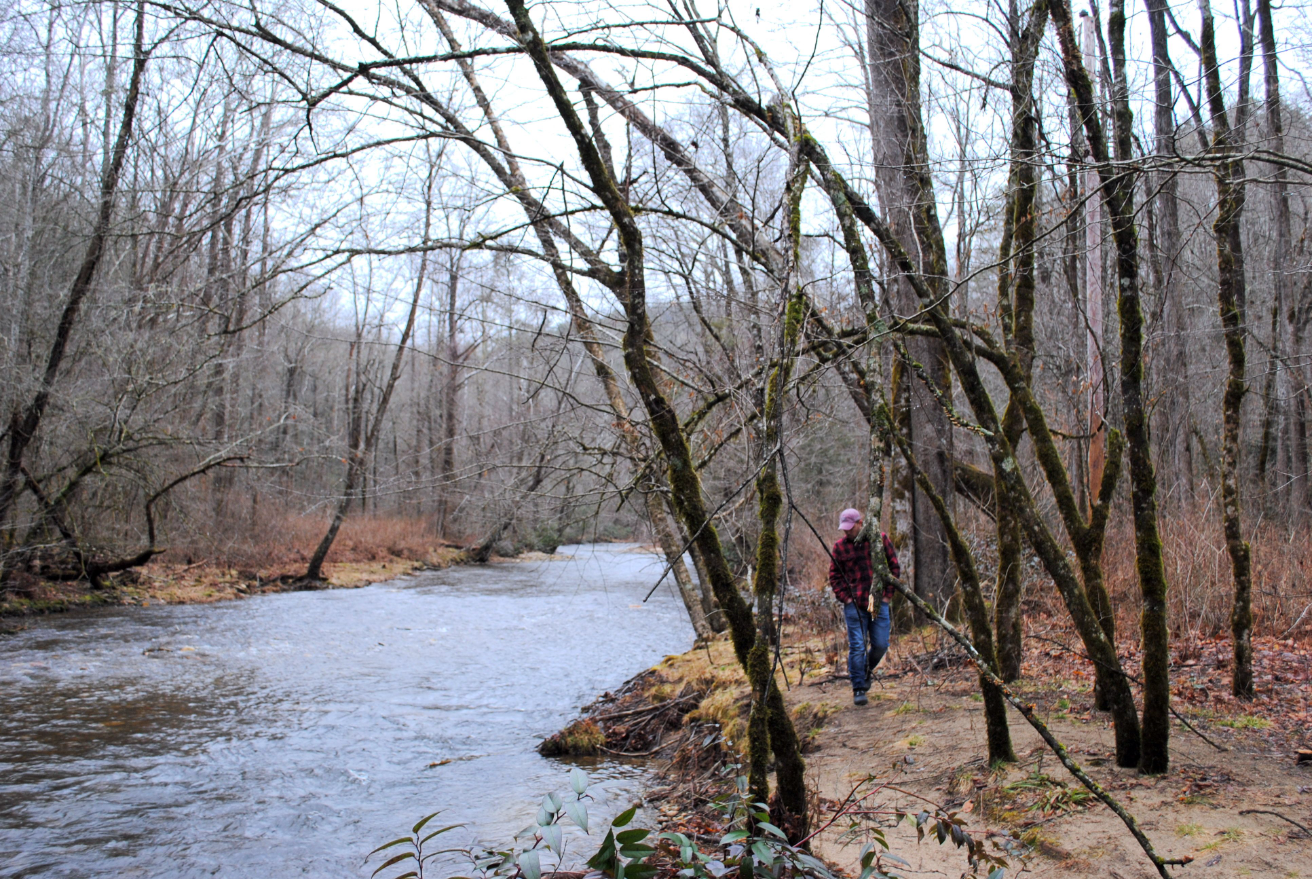Do changes in seasons affect your mood?

We are currently at the end of the year, which means that the days seem to be shorter than normal. Over time, several people have reported feeling “down,” during late Fall and all of Winter. Seasonal Affective Disorder (SAD), or otherwise known as Seasonal Depression is a type of depression that happens during certain changes in seasons. While not listed as Diagnostic and Statistical Manual V(DSM-5), it is generally described and followed by healthcare providers. SAD can be harmful to someone because it can affect their ability to work and ability to live their normal daily lives.
SAD has similar symptoms to those associated with Major Depressive Disorder. The symptoms of SAD, which occur during specific seasons, may include the following [1] :
It is unknown what causes SAD, but shorter days and less daylight are thought to be the main contributors. Another contributor is that SAD may be more prominent in people who have reduced activity of Serotonin levels in the brain. Additionally, Melatonin levels naturally produced by our bodies can also be disrupted, causing changes in sleep patterns. It is thought that people with SAD may have an overproduction of Melatonin, which causes increased sleepiness. Overall the imbalance of both Melatonin and Serotonin levels can affect someone’s mood, behavior and sleep. [2] It is important to remain aware of these things during the changes in seasons. There may be a psychological component as well. If you don't learn to develop coping skills, the memory of the sadness and depression can become compounded and exacerbated in subsequent seasons. [3]
Since SAD is a type of depression, there are some treatments that have been found to be effective that individuals can use to help treat their symptoms. These treatments can be used alone or in combination [4] :
We always recommend that you speak to your Primary Care Provider or Mental Health Specialist about what route would be best for you. If you feel like you experience symptoms associated with SAD, do not be afraid to reach out for help. If left untreated, this can be very harmful to an individual. It just doesn’t feel good!
________________
[1] “Seasonal Affective Disorder,” National Institute of Mental Health, accessed December 19, 2022, https://www.nimh.nih.gov/health/publications/seasonal-affective-disorder.
[2] “Seasonal Affective Disorder,” National Institute of Mental Health, accessed December 19, 2022, https://www.nimh.nih.gov/health/publications/seasonal-affective-disorder.
[3]; Perez,K, (2022) Affiliated Medical Group.
[4] “Seasonal Affective Disorder,” John Hopkins Medicine, accessed December 19, 2022, https://www.hopkinsmedicine.org/health/conditions-and-diseases/seasonal-affective-disorder.
[5] Perez,K (2022), Affiliated Medical Group.
SAD has similar symptoms to those associated with Major Depressive Disorder. The symptoms of SAD, which occur during specific seasons, may include the following [1] :
- Feeling sad or low mood most of the day, nearly every day
- Loss of interest in activities you once enjoyed
- Changes in appetite and or weight
- Changes in sleep patterns (Insomnia or Hypersonmia)
- Decrease in energy (low energy)
- Feeling sluggish or agitated
- Feelings of hopelessness or worthlessness
- Difficulty concentrating
- Having frequent thoughts of death or suicide
It is unknown what causes SAD, but shorter days and less daylight are thought to be the main contributors. Another contributor is that SAD may be more prominent in people who have reduced activity of Serotonin levels in the brain. Additionally, Melatonin levels naturally produced by our bodies can also be disrupted, causing changes in sleep patterns. It is thought that people with SAD may have an overproduction of Melatonin, which causes increased sleepiness. Overall the imbalance of both Melatonin and Serotonin levels can affect someone’s mood, behavior and sleep. [2] It is important to remain aware of these things during the changes in seasons. There may be a psychological component as well. If you don't learn to develop coping skills, the memory of the sadness and depression can become compounded and exacerbated in subsequent seasons. [3]
Since SAD is a type of depression, there are some treatments that have been found to be effective that individuals can use to help treat their symptoms. These treatments can be used alone or in combination [4] :
- Psychotherapy (Talk Therapy)
- Light Therapy (Exposure to special bright light for a specific amount of time each day)
- Psychiatric Medications
- Spending time outside (Exposure to sunlight)
- Vitamin D
- Regular physical exercise
- Set goals for yourself and attempt to reach them little by little
- Eating healthy, well-balanced meals
- Try to be patient with yourself
- Go out for walks during the day
- Try out hobbies that are compatible with shorter days
- Read the book or watch the movie you’ve been putting off [5]
We always recommend that you speak to your Primary Care Provider or Mental Health Specialist about what route would be best for you. If you feel like you experience symptoms associated with SAD, do not be afraid to reach out for help. If left untreated, this can be very harmful to an individual. It just doesn’t feel good!
________________
[1] “Seasonal Affective Disorder,” National Institute of Mental Health, accessed December 19, 2022, https://www.nimh.nih.gov/health/publications/seasonal-affective-disorder.
[2] “Seasonal Affective Disorder,” National Institute of Mental Health, accessed December 19, 2022, https://www.nimh.nih.gov/health/publications/seasonal-affective-disorder.
[3]; Perez,K, (2022) Affiliated Medical Group.
[4] “Seasonal Affective Disorder,” John Hopkins Medicine, accessed December 19, 2022, https://www.hopkinsmedicine.org/health/conditions-and-diseases/seasonal-affective-disorder.
[5] Perez,K (2022), Affiliated Medical Group.
